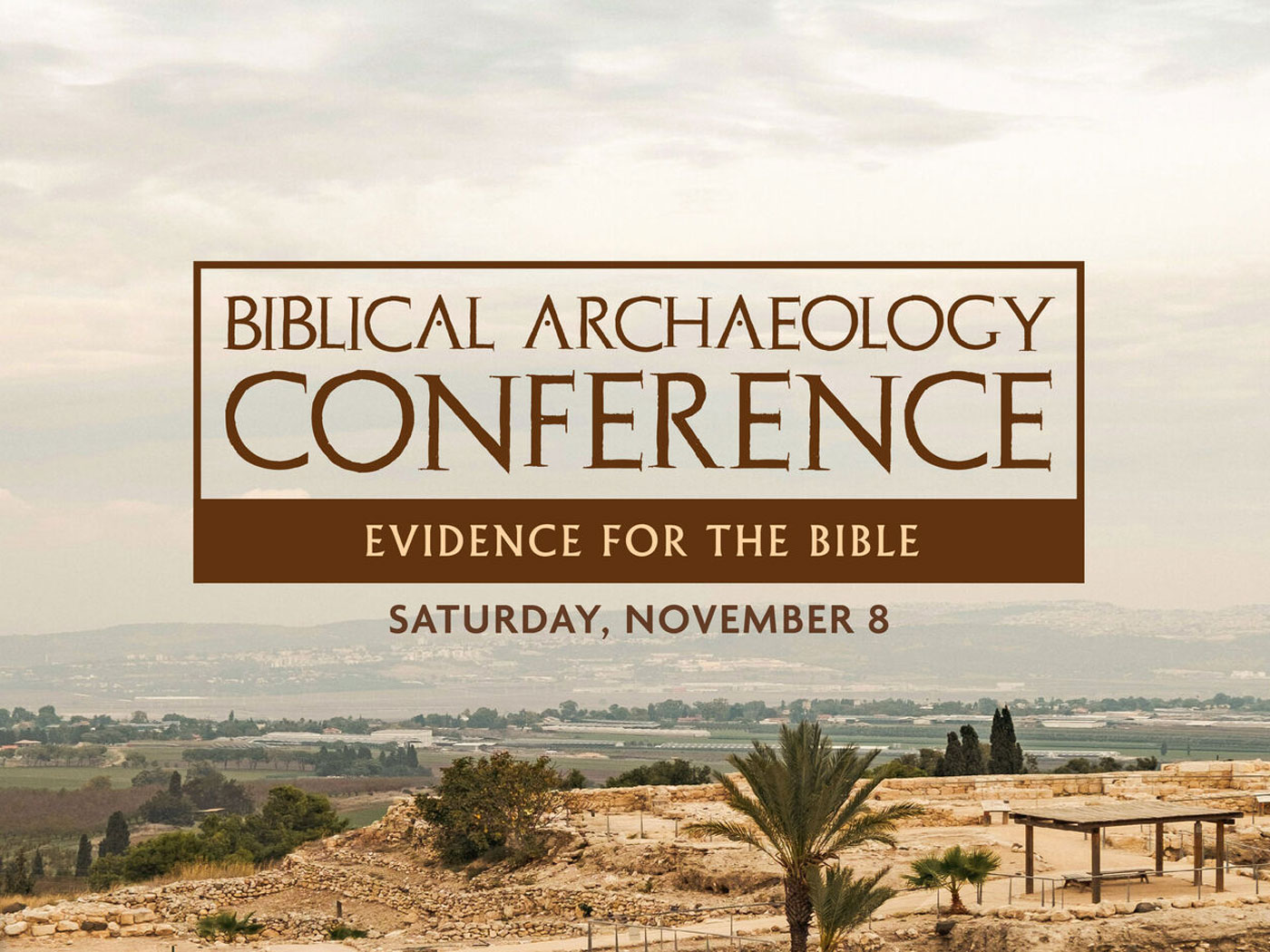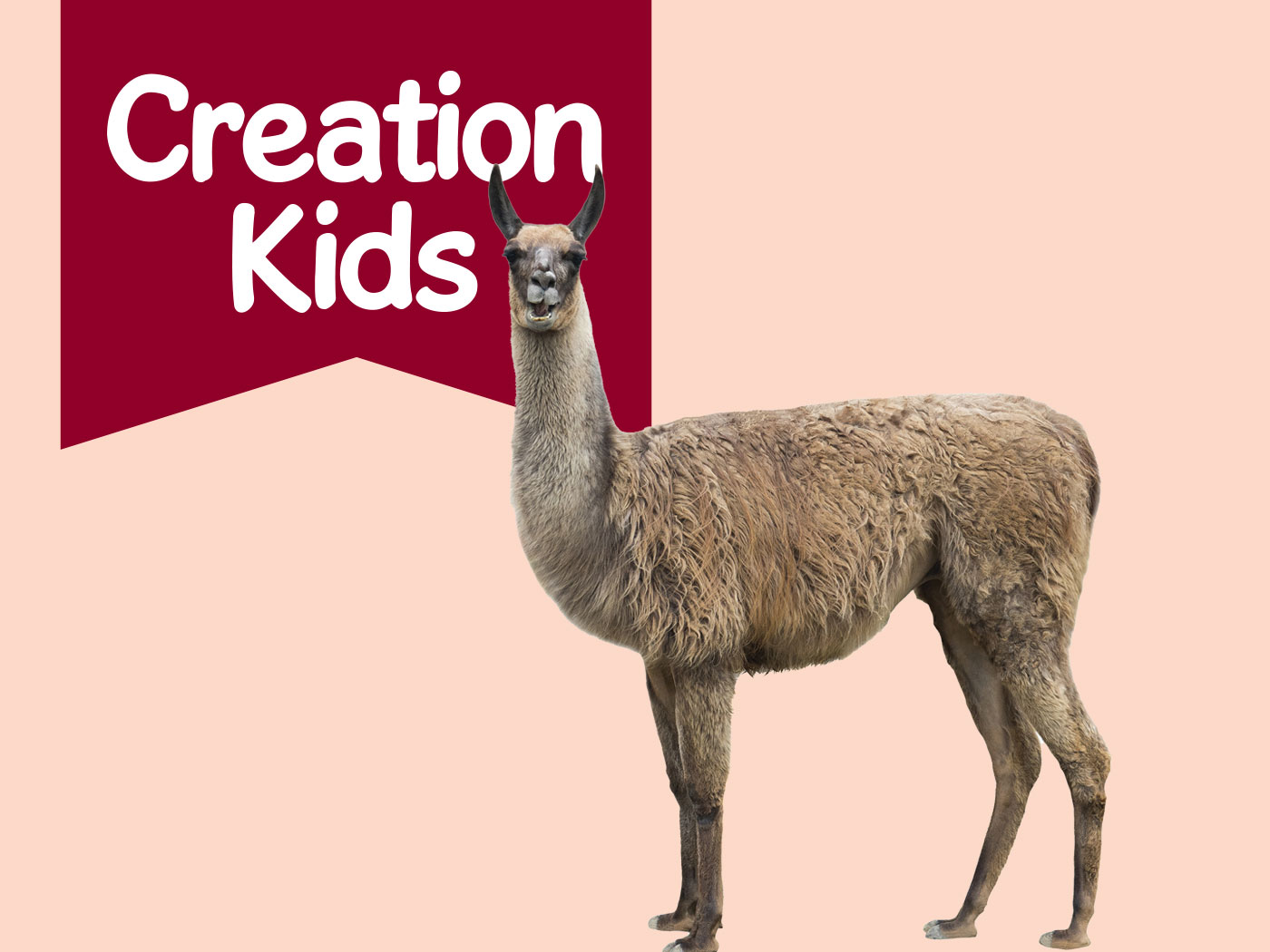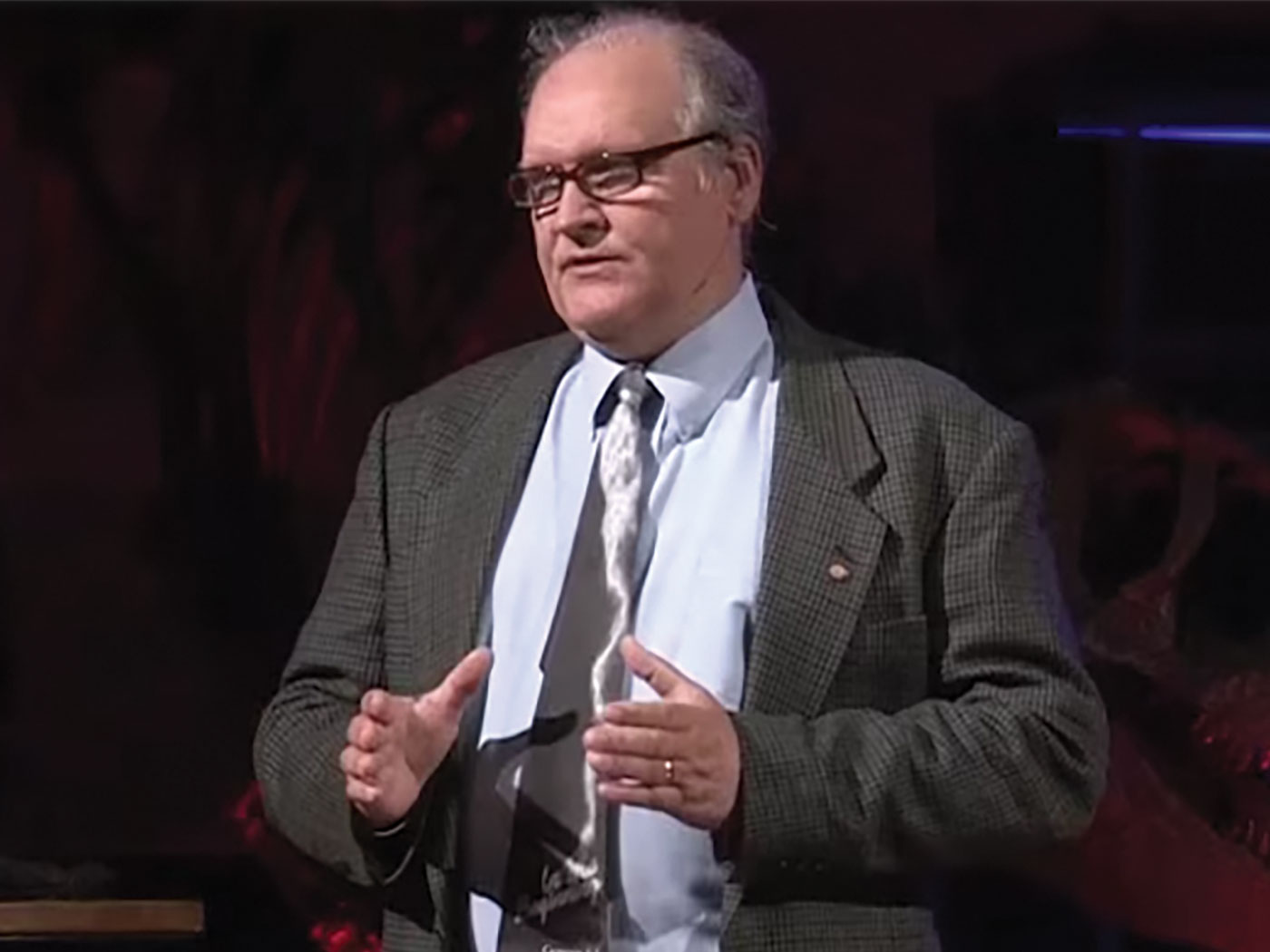The most common method for dating artifacts and biological materials is the carbon-14 (14C) method. However, it poses a serious problem for deep-time advocates because it cannot be used for dating anything much older than 50,000 years. After that time virtually all measureable 14C should be gone.1 So a substantial gap exists between dating objects less than 50,000 years old and more than one million years old.2 The relatively new luminescence dating technique attempts to fill this gap.2,3
Many archaeologists use this method to date pottery and, consequently, the sedimentary layers in which they appear. Pottery contains certain crystalline materials.4 When pottery gets covered in the ground, radiation from the earth starts to energize (excite) the electrons of these crystalline materials, putting them into “trap states.” This is a measure of the radiation dose. The longer the pottery is in the ground, the more radiation dose it will absorb, causing more electrons to be excited into trap states. When scientists pull pottery from the ground, they use heat or lasers to de-excite these electrons out of their trap states back to their original state. This causes the electrons to give off light. Scientists measure the amount of light to get the total measured radiation dose (TMRD). They divide this by an assumed radiation dose rate (RDR) to estimate the pottery’s age.
At this point, the method seems to be a straightforward concept. However, problems arise from assuming a uniform radiation dose rate over any significant period of time and assuming that the TMRD resulted from the object or artifact being in a strictly constrained environment identical to that in which it was found. Both assumptions become less realistic with the passage of time.
Another problem with the TMRD is the calibration of the detector, since different crystals in an artifact can contain different amounts and/or types of luminescence material. For example, a lithium fluoride crystal can preferentially respond to gamma thermal neutron, beta proton, or alpha particle radiation depending on whether it is constructed from 6Li or 7Li or a mixture of the two and what trace elements are included in its matrix.5,6
The constancy of the RDR is even more problematic because it’s based on the uniformitarian assumption that the RDR has been constant. However, it’s well known among radiation physicists that RDRs vary with location, season, solar activity, and even time of day.7
Like most dating methods used by secularists, many assumptions are built into their speculations and hypotheses. All the assumptions mentioned above presume the secularists’ deep-time bias about conditions they haven’t observed. Therefore, luminescence dating results should be regarded with skepticism and the accompanying caveats clearly stated. Instead, we should trust the Word of the One who was there at the beginning as recorded in the book of Genesis.
References
- Also, it should be noted that 14C dates often don’t agree with historical and archaeological dates. De Wesselow, T. 2012. The Sign: The Shroud of Turin and the Secret of the Resurrection. New York: The Penguin Group, 160-173; Thomas, B. 2015. Can Carbon Dating Be Trusted? Acts & Facts. 44 (10): 17; Snelling, A. 2008. Radiocarbon Ages for Fossil Ammonites and Wood in Cretaceous Strata near Redding, California. Answers Research Journal. 1: 123-144.
- There are claims that the Argon-Argon (Ar-Ar) dating method can be used to date objects as young as 100,000 years, but given that the half-life of the 40K parent is 1.25 billion years, it seems highly unlikely that enough 40Ar can accumulate in a rock sample due to radioactive decay to definitely date it at that young age. In addition, K-Ar/Ar-Ar dating is not typically used to date the sedimentary rock in which artifacts are found.
- Roberts, R. and O. Lian. 2015. Illuminating the Past. Nature. 520 (7548): 438-439.
- Such as calcium fluoride (CaF2), lithium fluoride (LiF2), calcium sulfate (CaSO4), lithium borate (Li2B4O7), calcium borate (Ca3(BO3)2), potassium bromide (KBr), and feldspars.
- Ehmann, W. and D. Vance, 1991. Radiochemistry and Nuclear Methods of Analysis. J. D. Winefordner, ed. New York: John Wiley & Sons Inc., 245.
- Tsoulfanidis, N., and S. Landsberger. 2011. Measurement and Detection of Radiation, 3rd ed. Boca Raton, FL: CRC Press, 448-452.
- Radiation Dose Calculator. American Nuclear Society. Posted on ans.org.
Image credit: Copyright © 2011 S. Khasswneh. Adapted for use in accordance with federal copyright (fair use doctrine) law. Usage by ICR does not imply endorsement of copyright holder.
* Dr. Cupps is Research Associate at the Institute for Creation Research and received his Ph.D. in nuclear physics at Indiana University-Bloomington.













